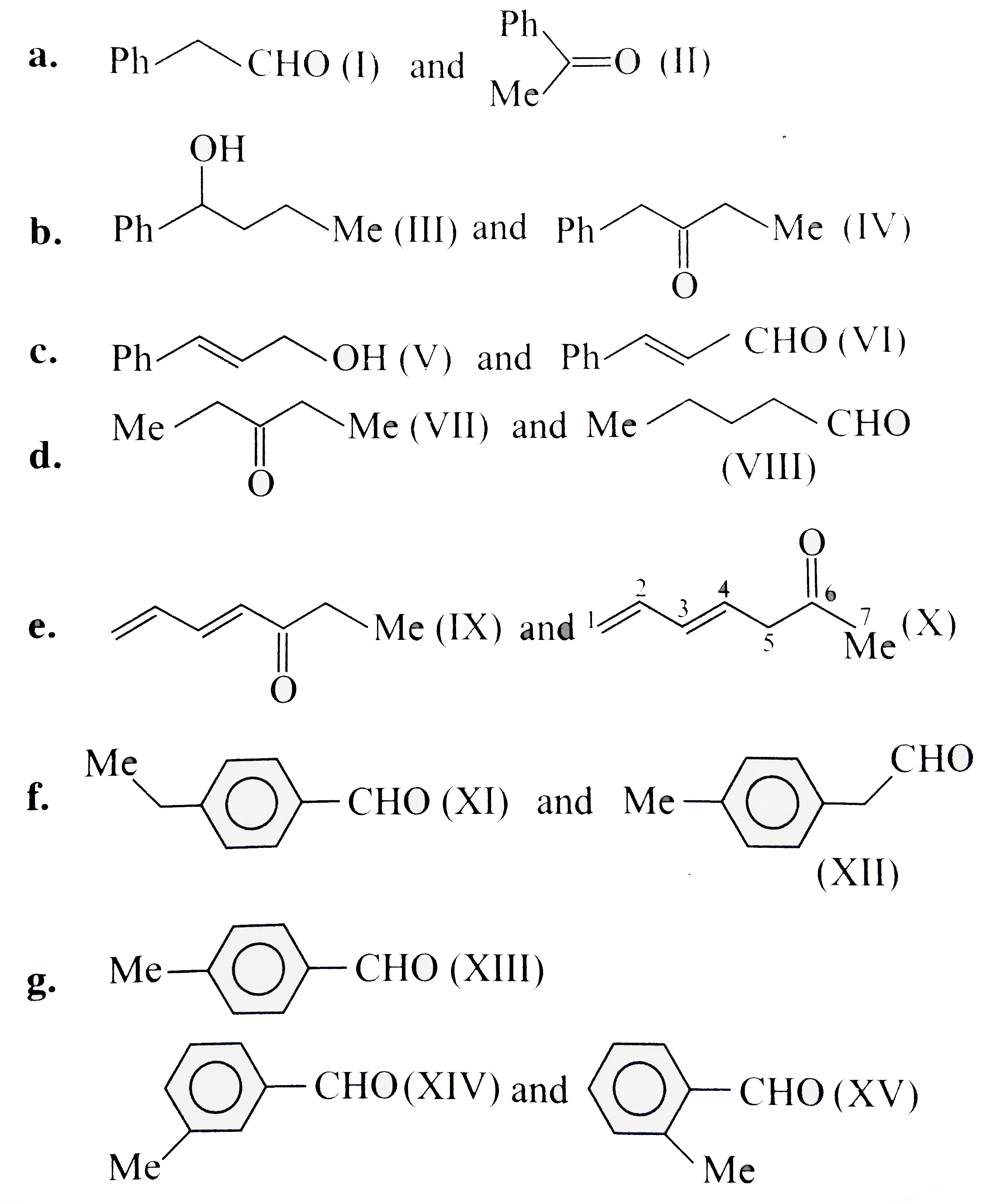Distinguish between the following
(a) Exarch and endarch condition of protoxylem
(b) Stele and vascular bundle
(c) Protoxylem and metaxylem
(d) Interfascicular cambium and intrafascicular cambium
(e) Open and closed vascular bundles
(f) Stem hair and root hair.
(a) In exarch condition the protoxylem is towards the periphery and in endarch towards the centre.
(b) Stele is the arrangement of vascular tissues and vascular bundle is a group of xylem and phloem.
(c) Protoxylem is an early formed xylem and metaxylem is late formed xylem.
(d) Inter fascicular combium is formed by permanent tissues and is secondary in origin. Interfascicular combium is present in between the primary xylem and primary phloem of a vascular bundle.
(e) Open vascular bundles have intrafascicular cambium and show secondary growth. Closed vascular bundles donot have intrafascicular com bi um.
(f) Stem hairs are multicellular and help in protection whereas root hairs are unicellular and help in absorption of water.
Topper's Solved these Questions
- BOOK - PRADEEPCHAPTER - ANATOMY OF FLOWERING PLANTSEXERCISE - ANALYTICAL (QUESTIONS WITH ANSWER )20videos
ANATOMY OF FLOWERING PLANTS
- BOOK - PRADEEPCHAPTER - ANATOMY OF FLOWERING PLANTSEXERCISE - PRACTICE QUESTIONS (MULTIPLE CHOICE QUESTION)83videos
ANATOMY OF FLOWERING PLANTS
- BOOK - PRADEEPCHAPTER - ANATOMY OF FLOWERING PLANTSEXERCISE - ADDITIONAL QUESTIONS (SHORT ANSWER QUESTIONS )25videos
ANATOMY OF FLOWERING PLANTS
- BOOK - PRADEEPCHAPTER - ANIMAL KINGDOM EXERCISE - Assertion-Reason Type Questions44videos
ANIMAL KINGDOM
Similar Questions
Distinguish between the following:
a.
b.
c.
d.
e.
f.
g. View Solution
View SolutionDistinguish between the following pairs in one or two sentences for each
(a) RBCs and WBCs,
(b) bone and cartilage,
(c) blood and lymph,
(d) striated and unstriated muscle,
(e) tendon and ligament,
(f) axon and dedrite.View Solution
Knowledge Check
- Question 1 - Select One
$ Biosphere is a closed system
! Closed vascular bundles are having intrafascicular cambium.AIf both As and R are correct and R is correct explanation of AsBIf both As and R are correct but R is not correct explanation of AsCIf As is correct, R is wrongDIf both As and R are wrong. - Question 2 - Select One
$ Secondary growth occurs in those plants which have closed vascular bundles.
! Cork is produced by intrafascicular cambium.AIf both As and R are correct and R is correct explanation of AsBIf both As and R are correct but R is not correct explanation of AsCIf As is correct, R is wrongDIf both As and R are wrong. - Question 3 - Select One
Assertion. In dicot stem, vascular bundles are of open type.
Reason. Dicot stem bears cambium in the vascular bundles.AIf both Assertion and Reason are true and the Reason is a correct explanation of the Assertion.BIf both Assertion and Reason are true but Reason is not a correct explanation of the Assertion.CIf Assertion is true but the Reason is false.DIf both Assertion and Reason are false.
How will you distinguish between the following (give one chemical test):
(a) Chlorobenzene and chlorocyclohexane
(b) Chlorobenzene and benzyl chloride
(c) Ethyl chloride and vinyl chloride
(d) Chlorobenzene and n-hexylchloride
(e) Chloroethane and bromoethane
(f) 3-Bromopropene and 1-bromopropane.View SolutionAssertion: In dicot stem, the vascular bundles are open.
Reason: Cambium is present between xylem and phloem of vascular bundle in dicot stem.View SolutionThe study the following :
A) Formation of tracheary elements from the derivatives of cambium
B) Formation of interfascicular cambium and cork cambium from living permanent parenchyma cells.
C) Formation of secondary vascular tissues or cork and secondary cortex from the derivatives of lateral meristems .
D) The ability of plants to follow different pathways in response to the environment or phases of life to form different kinds of structures.
A, B, C and D respectively areView SolutionHow many of the following meristems are completely secondary in origin ?
A. Cork cambium of a dicot stem
B. Vascular cambium of a dicot stem
C. Cork cambium of a dicot root
D. Vascular cambium of a dicot rootView SolutionVascular bundles are conjoint, collateral, endarch and lack cambium between xylem and pholem in all, but not in
View Solution
